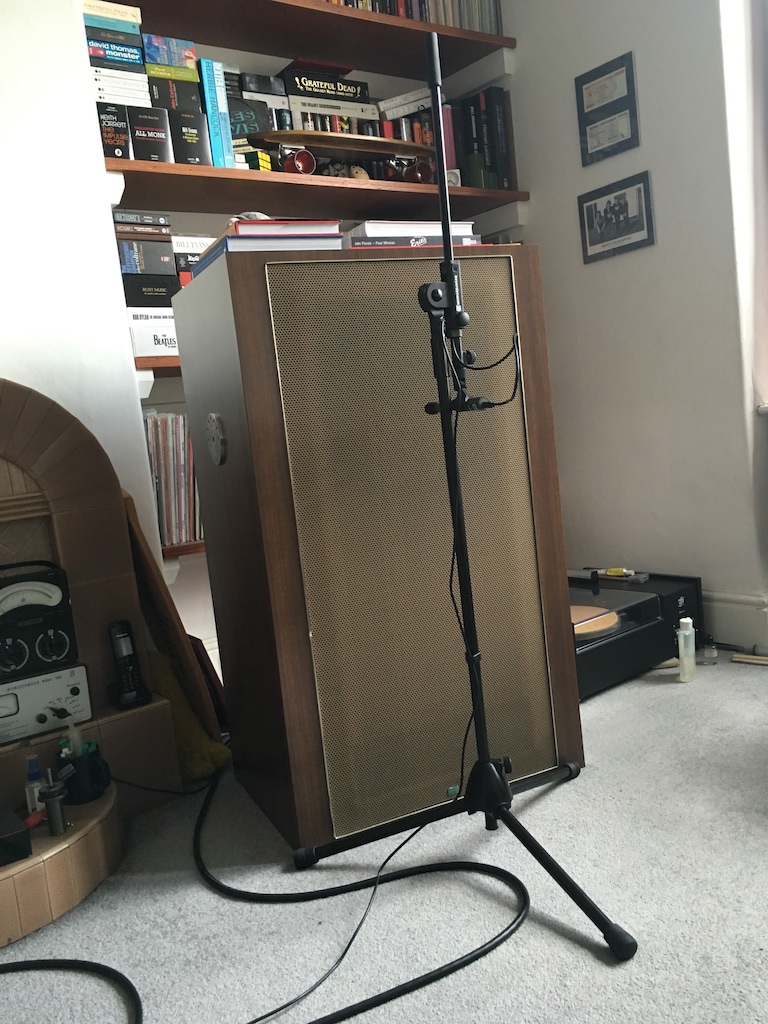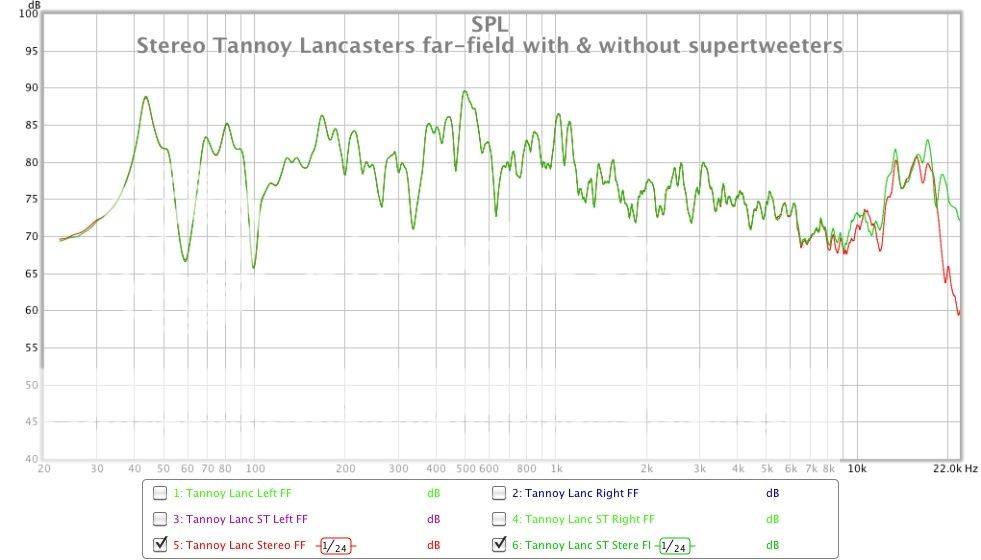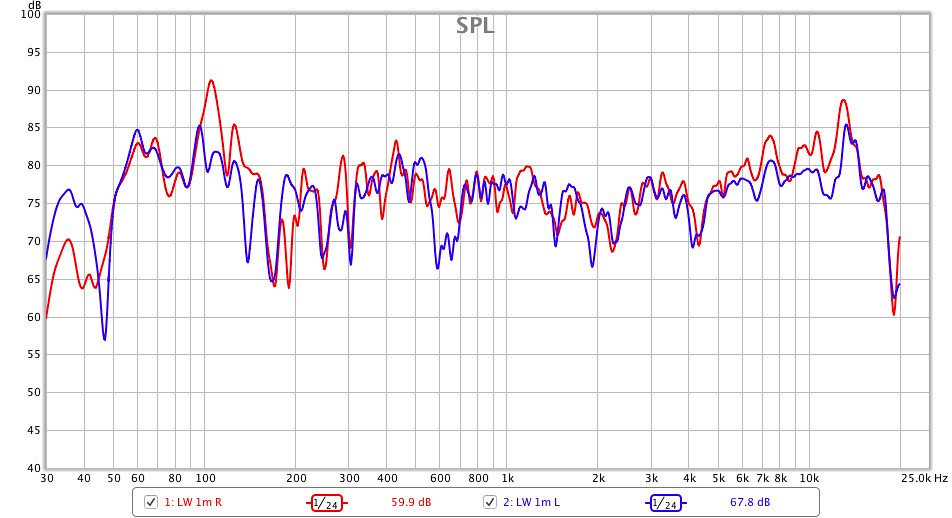ToTo Man
the band not the dog
Tony,
I spent the day re-measuring my Lancasters before swapping them out for my Lockwoods, so I've uploaded the results in case you're interested in comparing to yours. Please note, all of the following graphs relate to my Lancasters, I'll be measuring my Lockwoods tomorrow.
Graph 1A - Lancasters measured near-field (1 metre) with mic centred on compression horn, 1/24 smoothing:
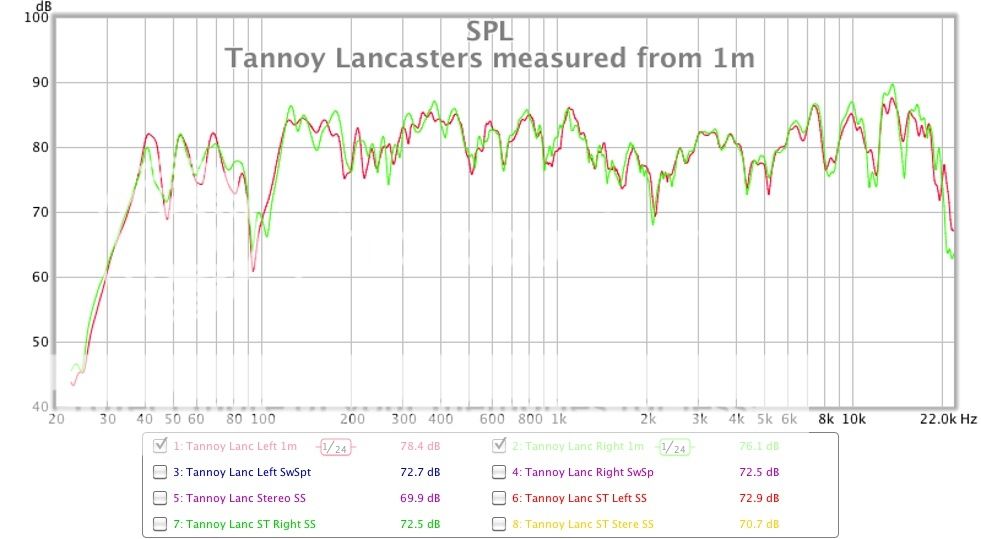
Graph 1B - Lancasters measured near-field (1 metre) with mic centred on compression horn, 1/3 smoothing:
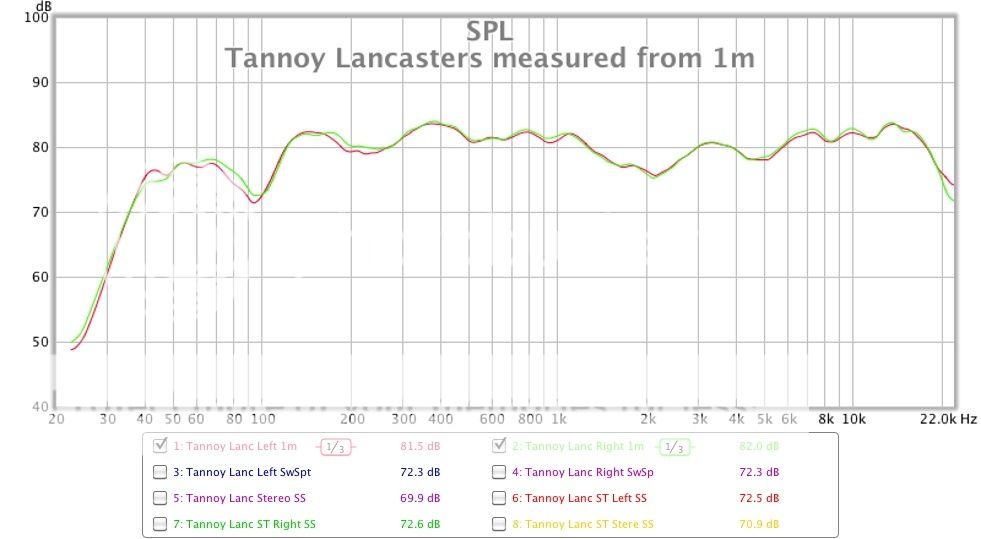
Graph 2A - Lancasters measured far-field (from listening spot) with mic 1.2m above floor, 1/24 smoothing:
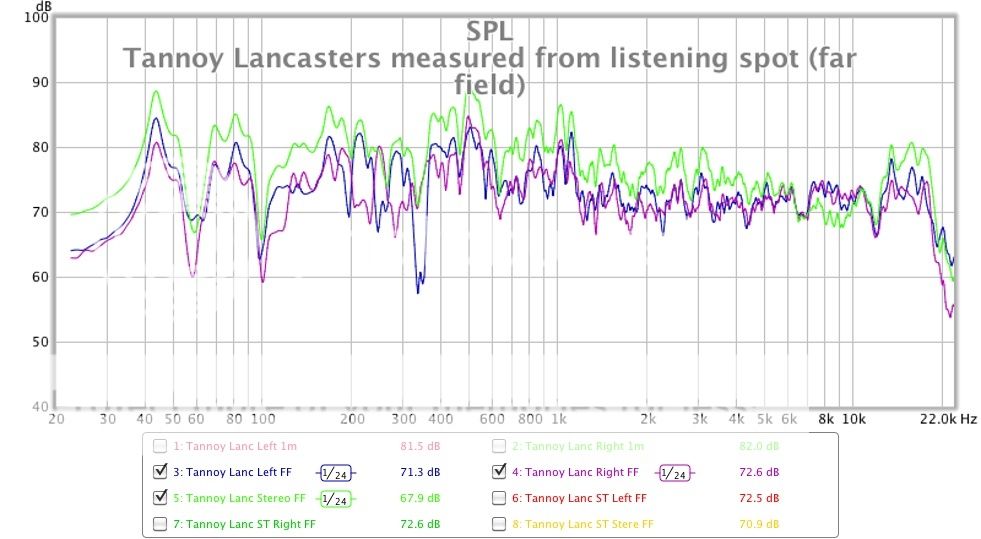
Graph 2B - Lancasters measured far-field (from listening spot) with mic 1.2m above floor, 1/3 smoothing:
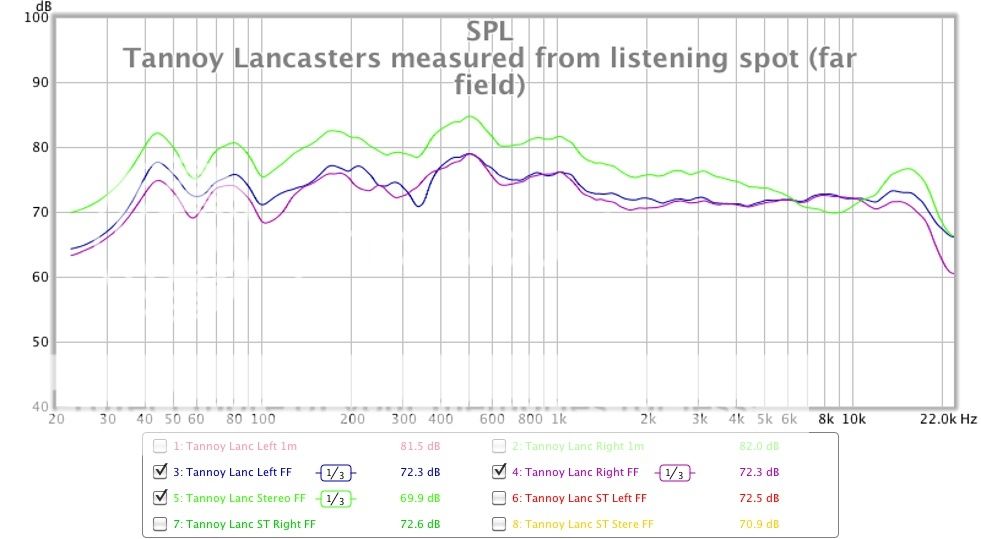
Graph 3A & 3B - Just to prove that my supertweeters are of benefit, Lancasters measured far-field (from listening spot) with and without ST-100 supertweeters, mic 1.2m above floor, 1/3 smoothing:
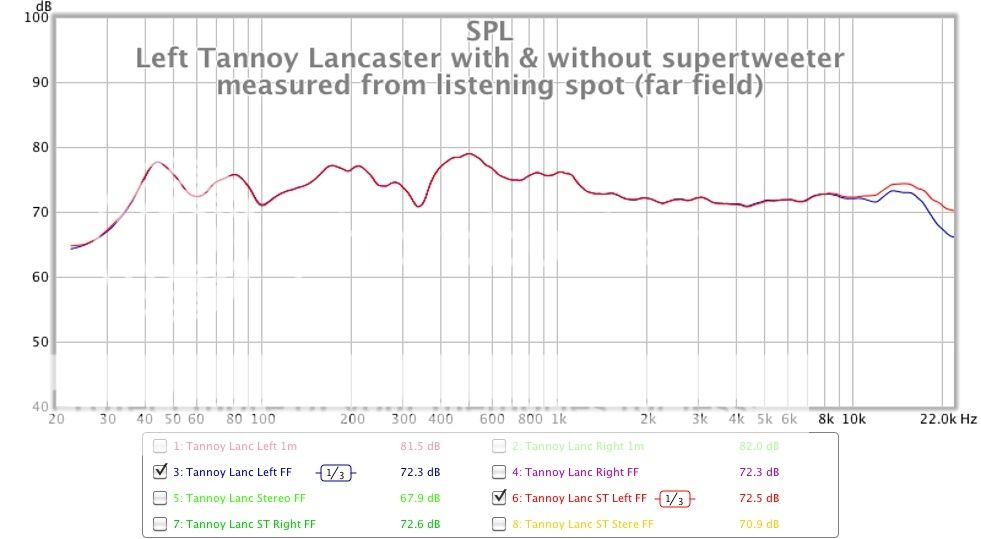
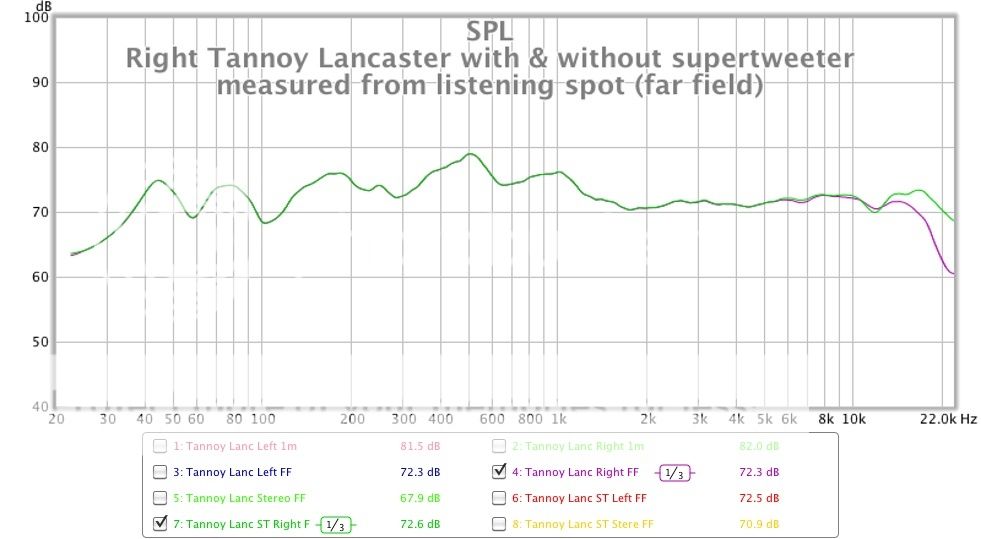
I spent the day re-measuring my Lancasters before swapping them out for my Lockwoods, so I've uploaded the results in case you're interested in comparing to yours. Please note, all of the following graphs relate to my Lancasters, I'll be measuring my Lockwoods tomorrow.
Graph 1A - Lancasters measured near-field (1 metre) with mic centred on compression horn, 1/24 smoothing:

Graph 1B - Lancasters measured near-field (1 metre) with mic centred on compression horn, 1/3 smoothing:

Graph 2A - Lancasters measured far-field (from listening spot) with mic 1.2m above floor, 1/24 smoothing:

Graph 2B - Lancasters measured far-field (from listening spot) with mic 1.2m above floor, 1/3 smoothing:

Graph 3A & 3B - Just to prove that my supertweeters are of benefit, Lancasters measured far-field (from listening spot) with and without ST-100 supertweeters, mic 1.2m above floor, 1/3 smoothing:




